
Viruses. Pandemics. Professor and Head of Ecology and Evolutionary Biology at the University of Arizona. Tweets mine.
9 subscribers
How to get URL link on X (Twitter) App

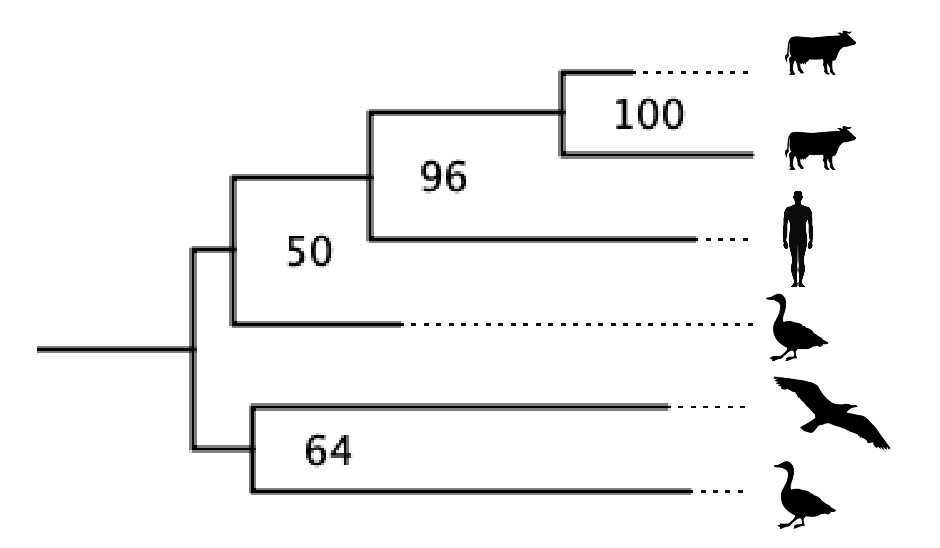
 I used all-8-genome-segment concatenated sequences for this analysis, with the help of @evogytis, for this, for maximum signal. Bootstrap values show strong support for the (human + cattle) grouping.
I used all-8-genome-segment concatenated sequences for this analysis, with the help of @evogytis, for this, for maximum signal. Bootstrap values show strong support for the (human + cattle) grouping.
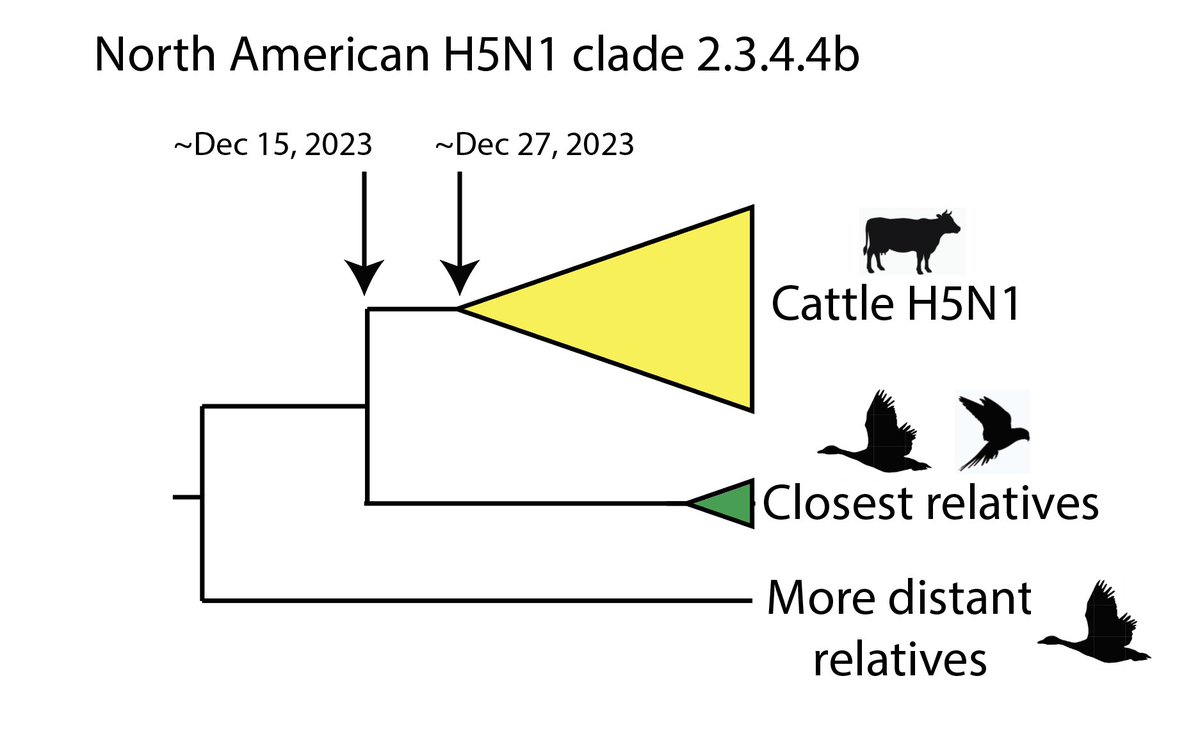
 Team effort:
Team effort:
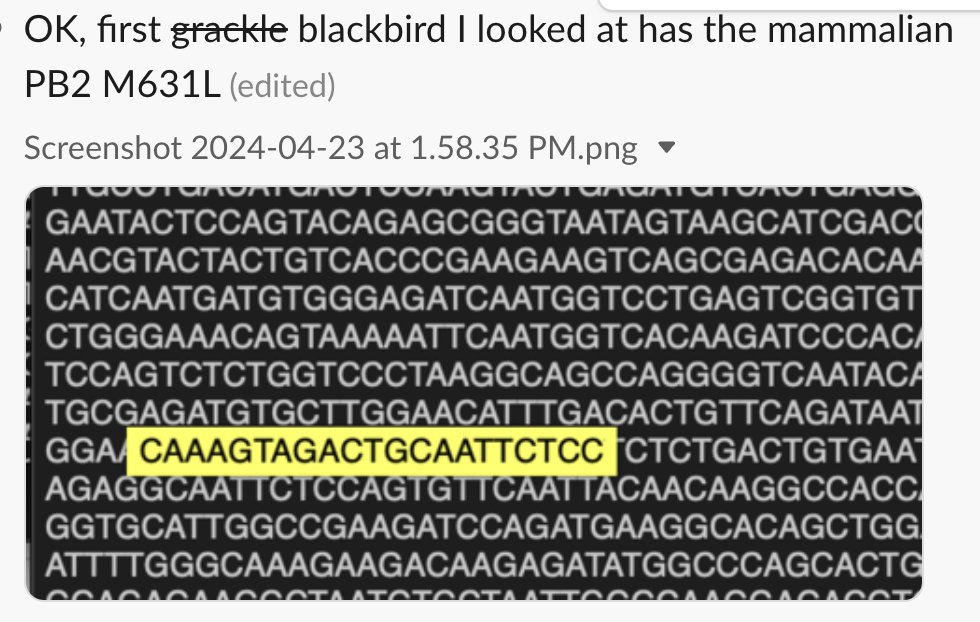
 My understanding is that these bird (and cat) viruses within the "bovine" clade were sampled from farms that had bovine H5N1.
My understanding is that these bird (and cat) viruses within the "bovine" clade were sampled from farms that had bovine H5N1.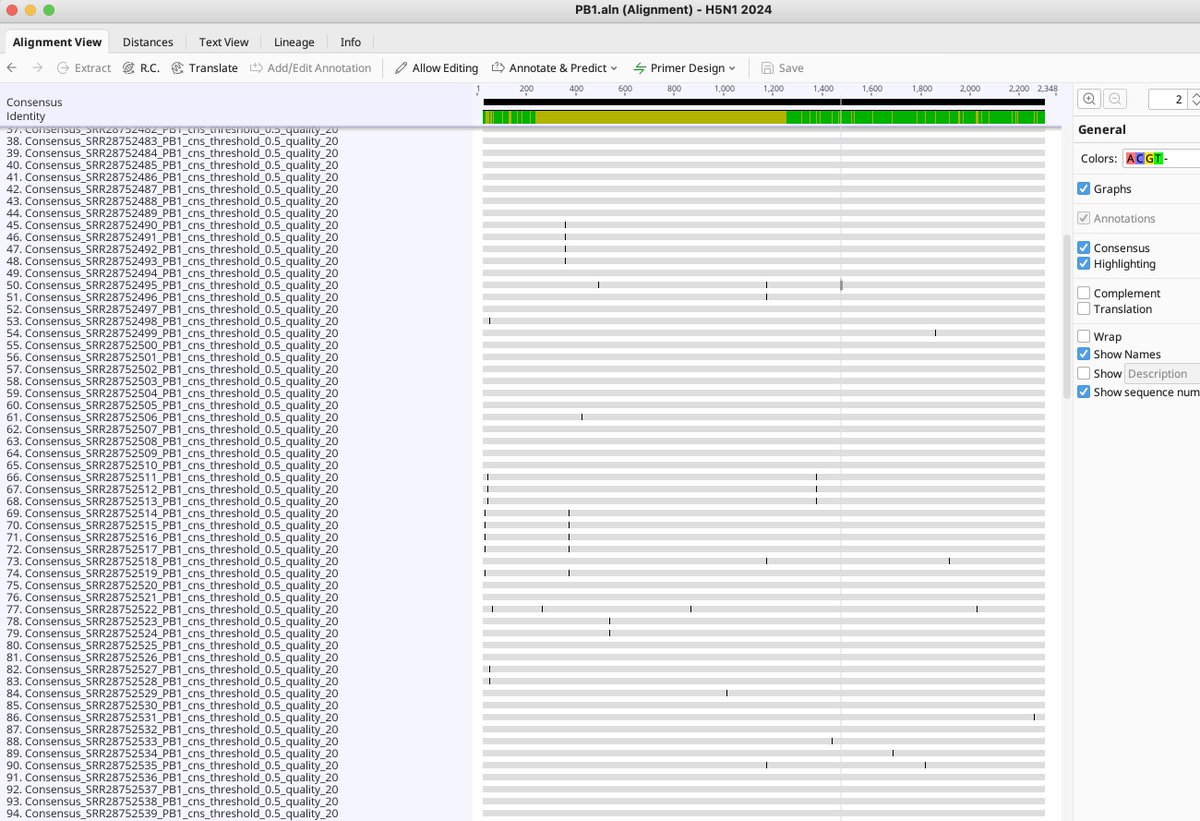


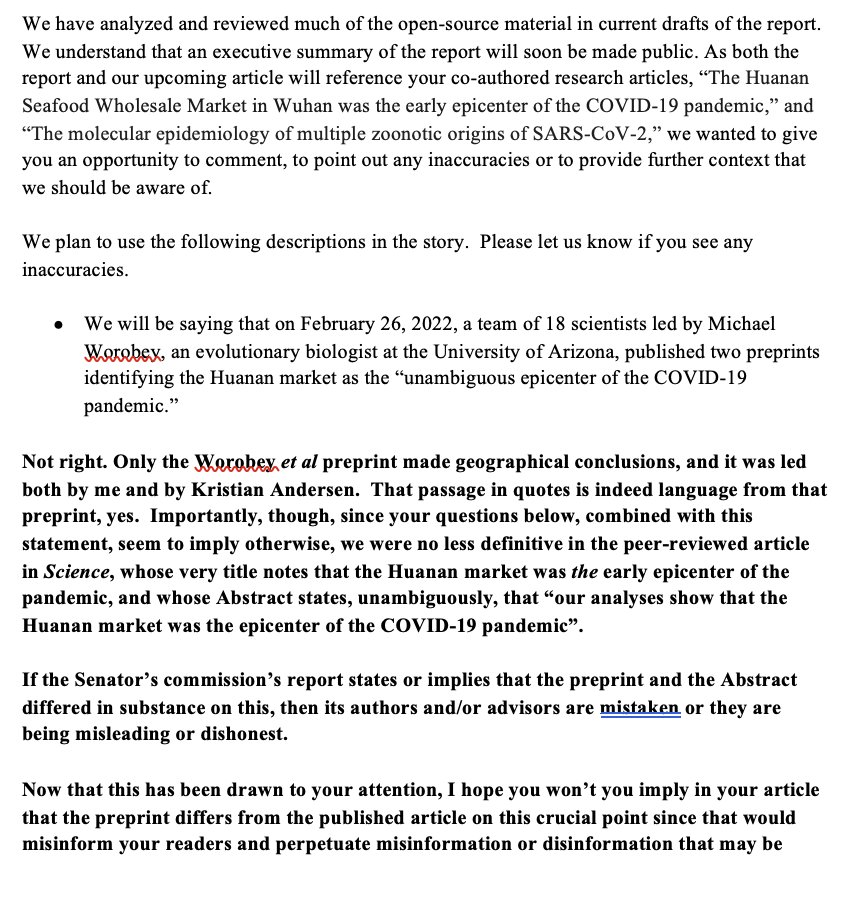

 We of course never argued that susceptible animals were only present in Wuhan. That is either ineffably ignorant or disingenuous. Whatever the case, they clearly have a desired conclusion they want to bend the evidence to fit.
We of course never argued that susceptible animals were only present in Wuhan. That is either ineffably ignorant or disingenuous. Whatever the case, they clearly have a desired conclusion they want to bend the evidence to fit.

https://twitter.com/danwalker9999/status/1559024740227944448Most of these people worked at the market and will have been infected at their workplace. So their residential proximity to the market is just a function of the tendency of people to live somewhat close to where they work. Not centered on it.
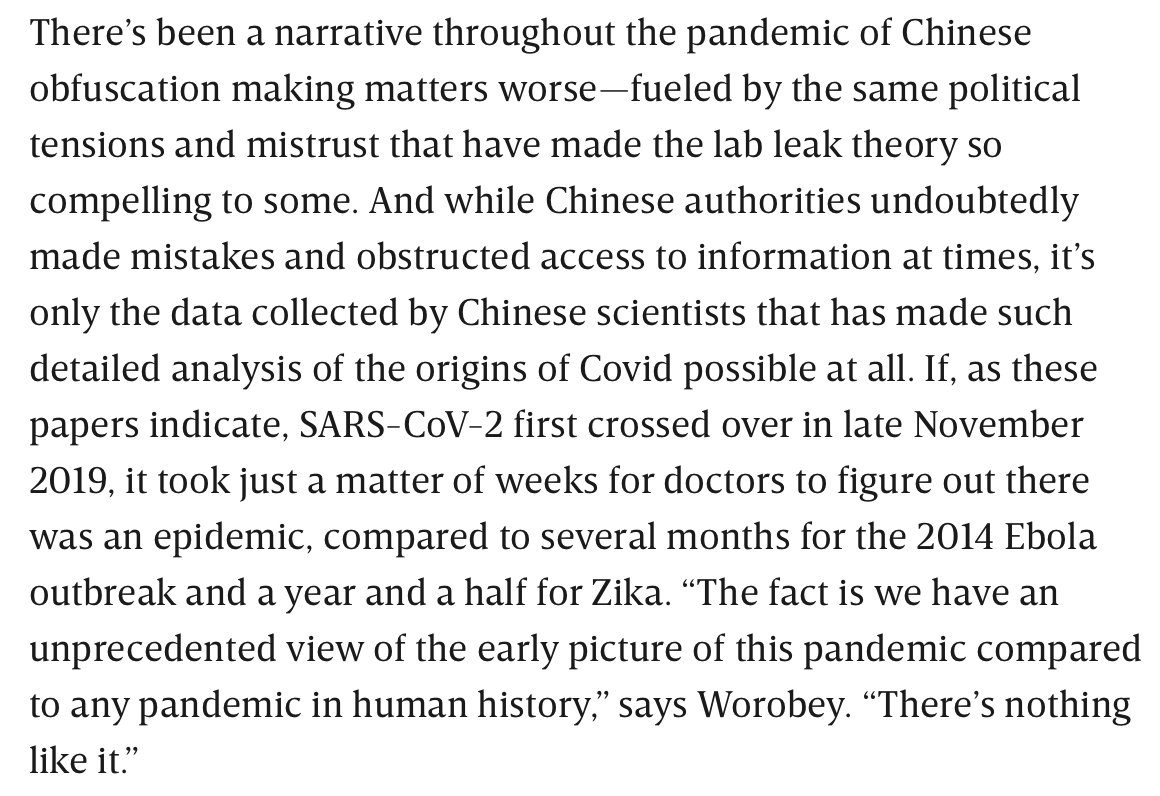




https://twitter.com/MichaelWorobey/status/1497607313397481472


https://twitter.com/MichaelWorobey/status/1497607313397481472We found a very clear pattern whereby the earliest COVID cases, with onset dates in December 2019, were closely geographically associated with the Huanan market.
